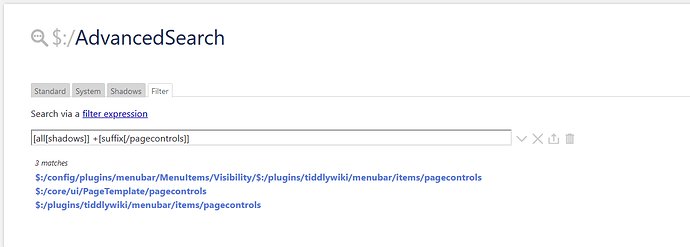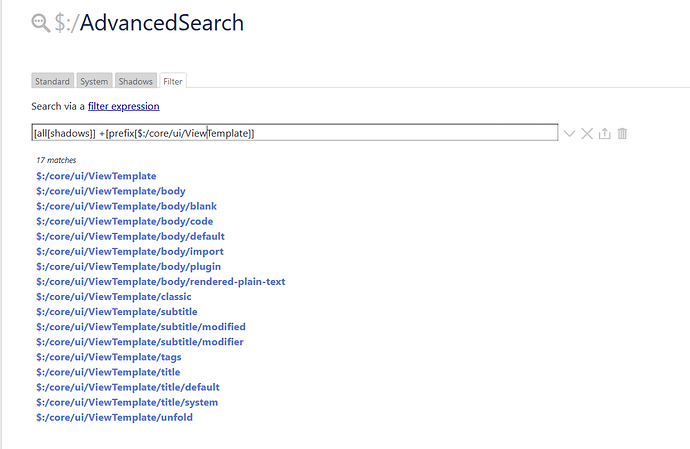I had one of my creative ideas I usually keep to myself until I validate it a little more, but thought on this occasion I would open it up for discussion.
Background
As you know with system tiddlers then tend to get longer when their titles are nicely organised into plugins and other name spaces. Personally I also like my tiddlers having full and descriptive titles, rarely to I have a duplicate title for my to do items for example.
There are real advantages with long titles, and I can recommend them, however there are some cases where these long titles become less optimal, for example if you save a list of titles it can consume a lot of bytes.
Idea “VST lists”
Not unlike prior work to create a serial number for each tiddler, what if we allowed tiddlers to be given an optional, one off, and unique, Very Short Title VST, in a field, eg vst field, this vst would never change for the life of that tiddler, even if the regular title changes.
- This can be automatically created, checked/generated for uniqueness and encoded to reduce its size.
When constructing a list of tiddlers, rather than store the full title, sort only the list of very short titles, thereby reducing the overheads a lot.
- We would provide a set of supporting tools to make using “vst lists” easy
- For example a title drag and drop reorder that only stores the order as a list of VST titles.
Many of us now rely on the Relink plugin but this method can stand apart from Relink. If the tiddlers title is change the VST just points to the original tiddler whatever its name now is.
This may prove important in the following wikis
- Wikis that use long titles, such as meaning full text titles or sophisticated system tiddler hierarchies
- This is happening in my Knowledge Repository built up from LLM Q&A’s.
- Wikis that have many lists and indexes into a reasonably large set of tiddlers.
Your thoughts?
- Can you see the reasoning and value?
- Does it inspire related ideas?
- Have you code patterns that could help?
- Where could it help you?, in what kind of wikis.
 )
)
 I’d like to hear the setup of a tiddler.
I’d like to hear the setup of a tiddler.

